These cartoon frogs are boyfriends. (WIP)
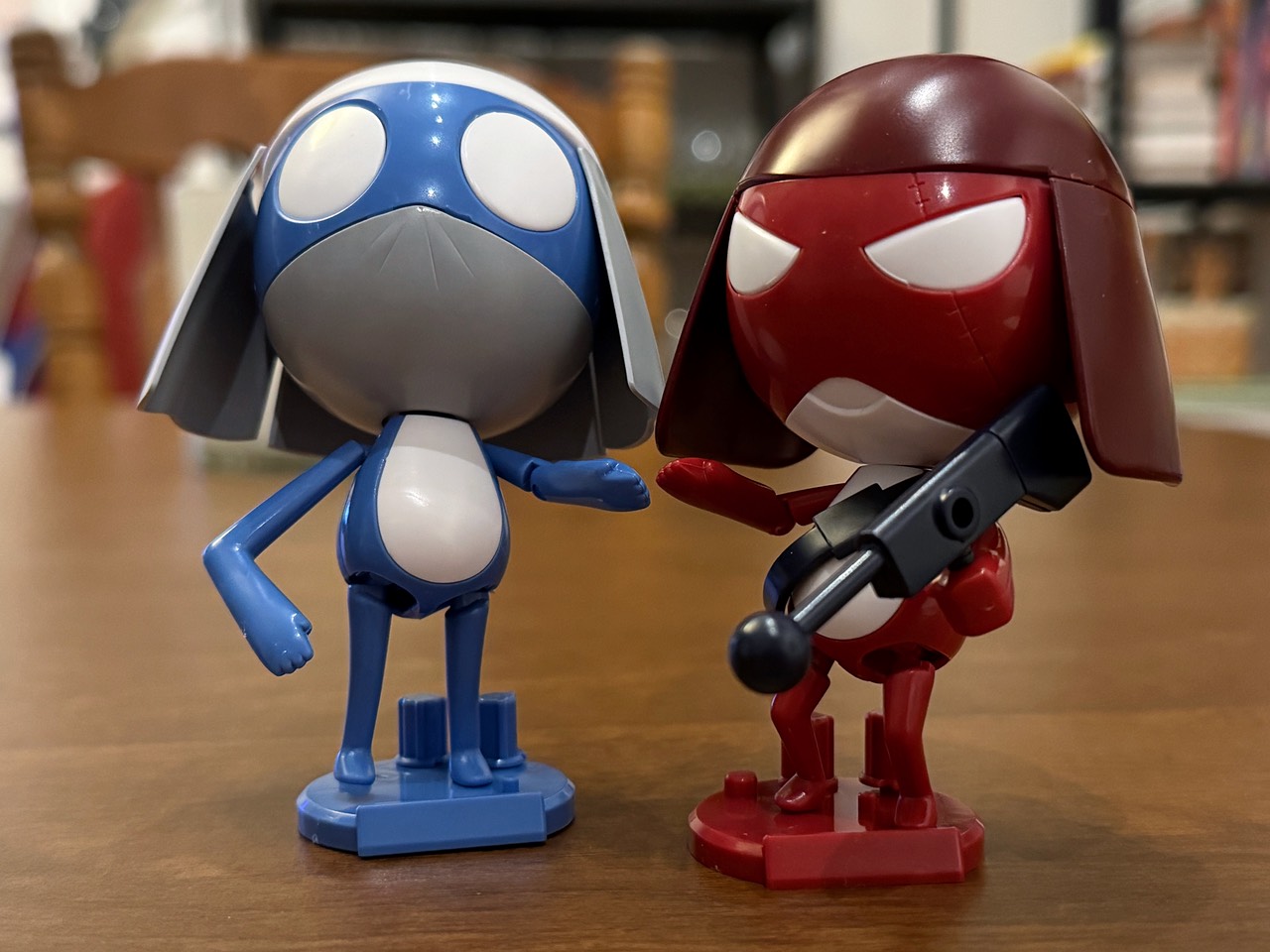
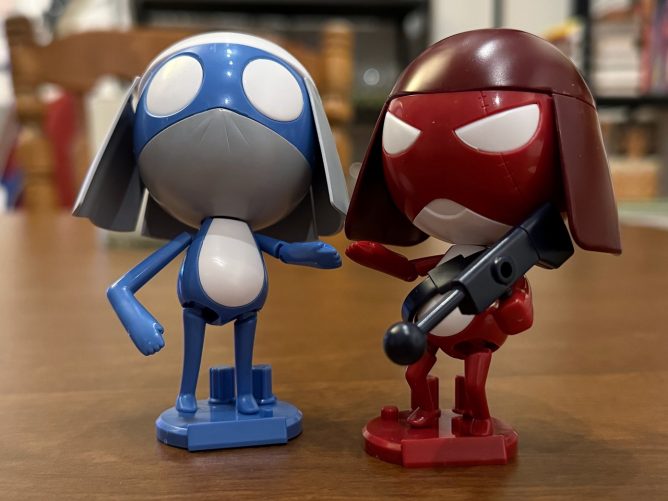
These cartoon frogs are boyfriends. (WIP)

Just trying a thing quick. If you’re looking at this on social media, you should see three pics and/or a link back to my website. Do you? Thanks!
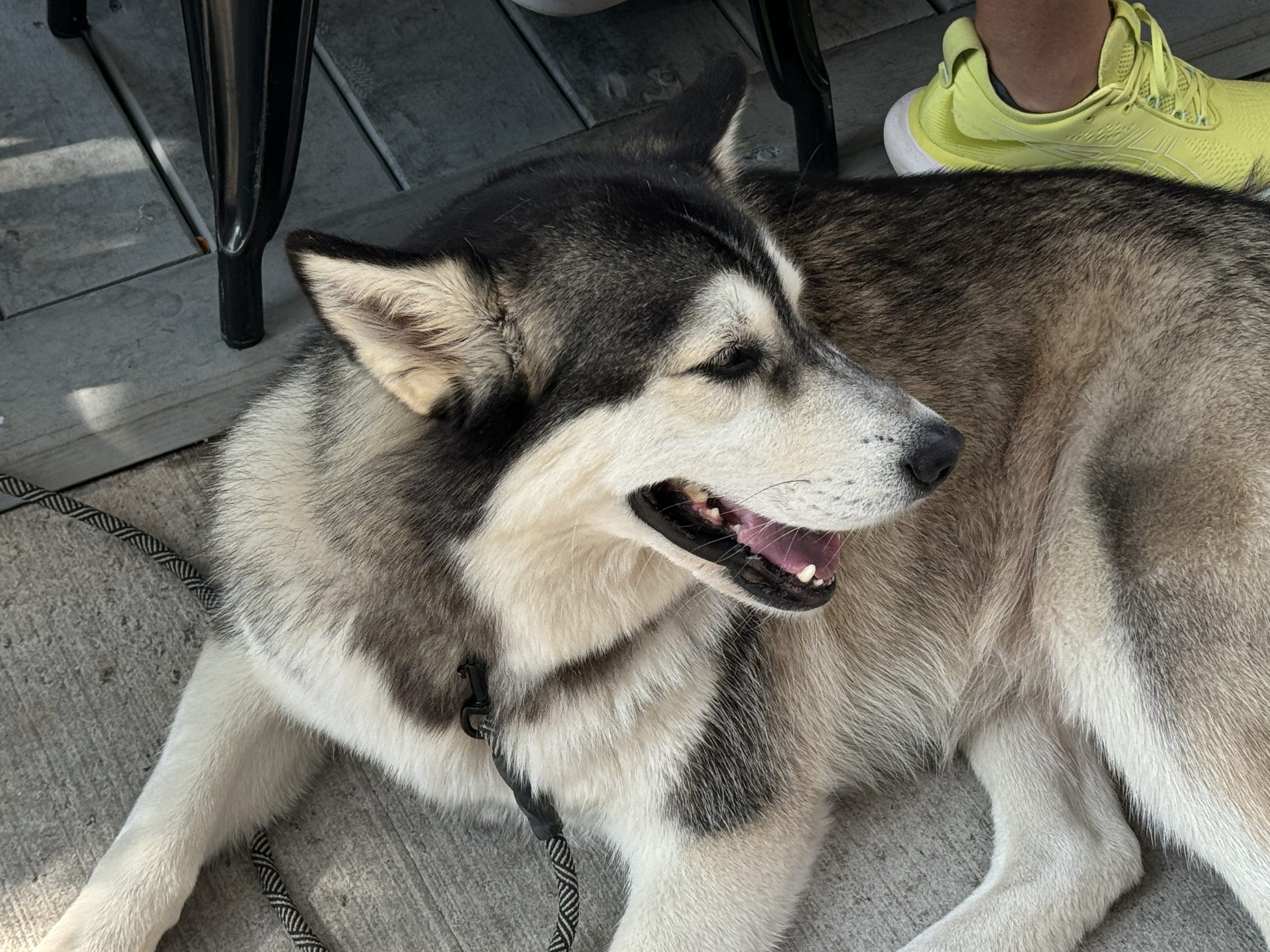
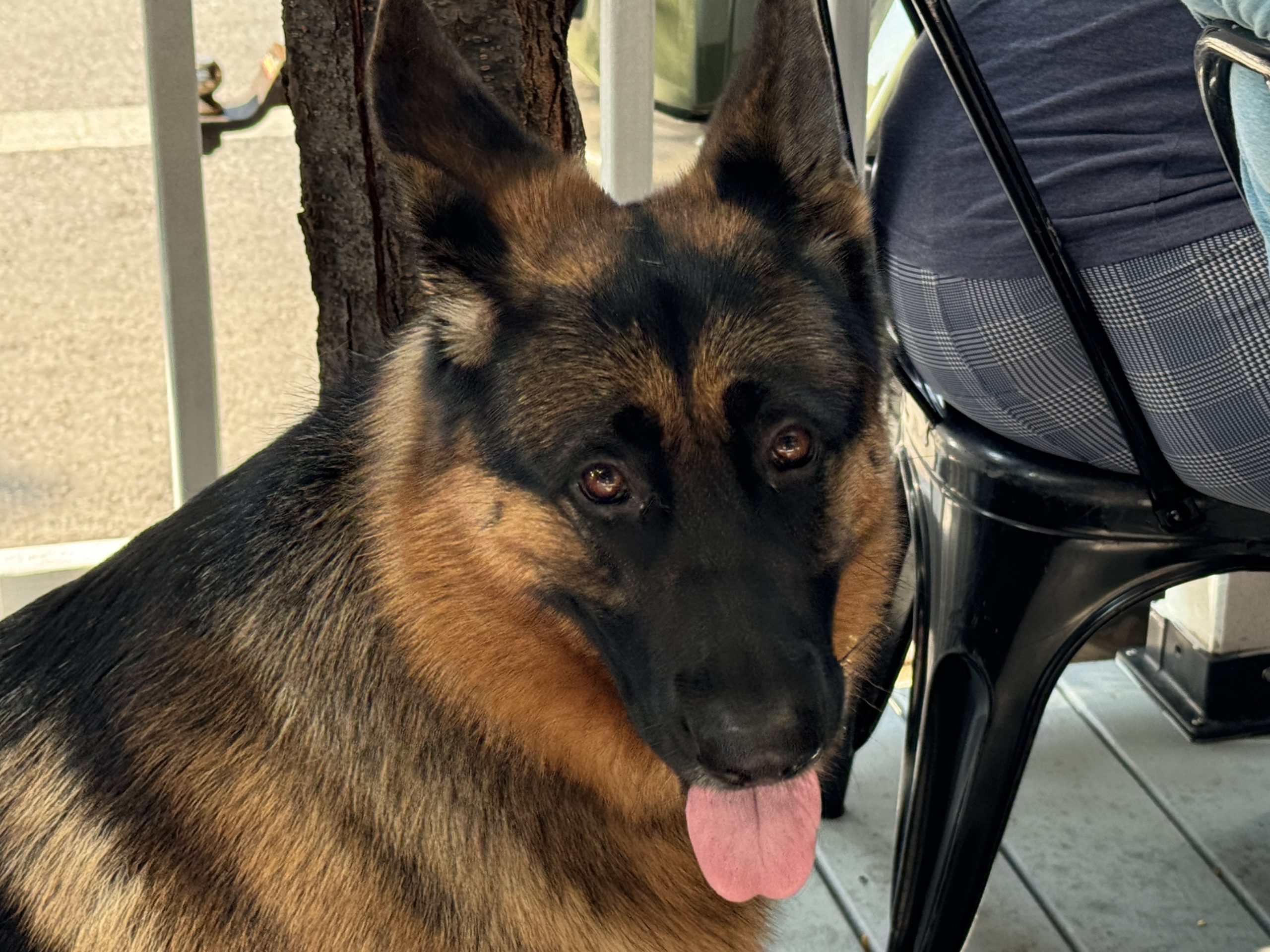

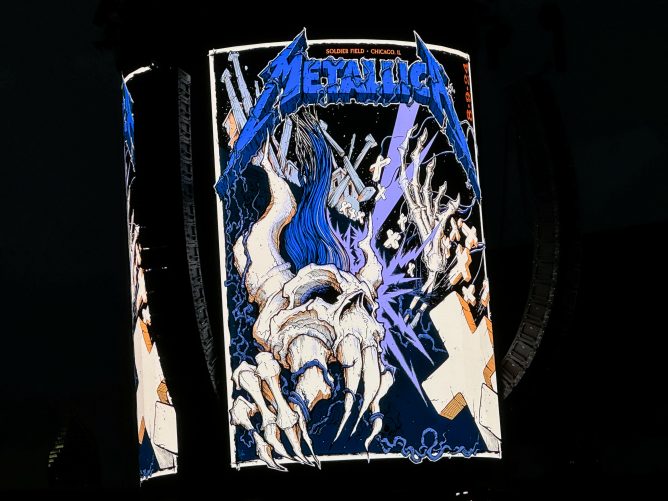
I saw Metallica at Soldier Field Friday! I’ve been listening to them since, oh, high school, and this was my first time seeing them live. They may be thrash metal grandpas, but they still put on a great show. James Hetfield is such a goober.
The Chicago Air and Water Show was Saturday, and that meant the Blue Angels were back in town to rehearse maneuvers over my neighborhood! The first time I was here for this was two years ago, a week after I moved to Chicago. I had no idea what was going on, just that I heard what were definitely fighter jets screaming over Lake Michigan. For half a second, I thought maybe it was the Russians. (Joke.)
I finally set up my ClipStudio Paint like I like it on my iPad, and doodled myself a new icon. First time in a long time I’ve felt like drawing! Turns out making it easy to start makes it harder to lose motivation!

Testing another thing quick. Bluesky, can you read this?
Just testing something quick. Let me know if you see this!

It’s been twelve days since I wrote Patreon several messages regarding their Community Guidelines update. Messages like this one:
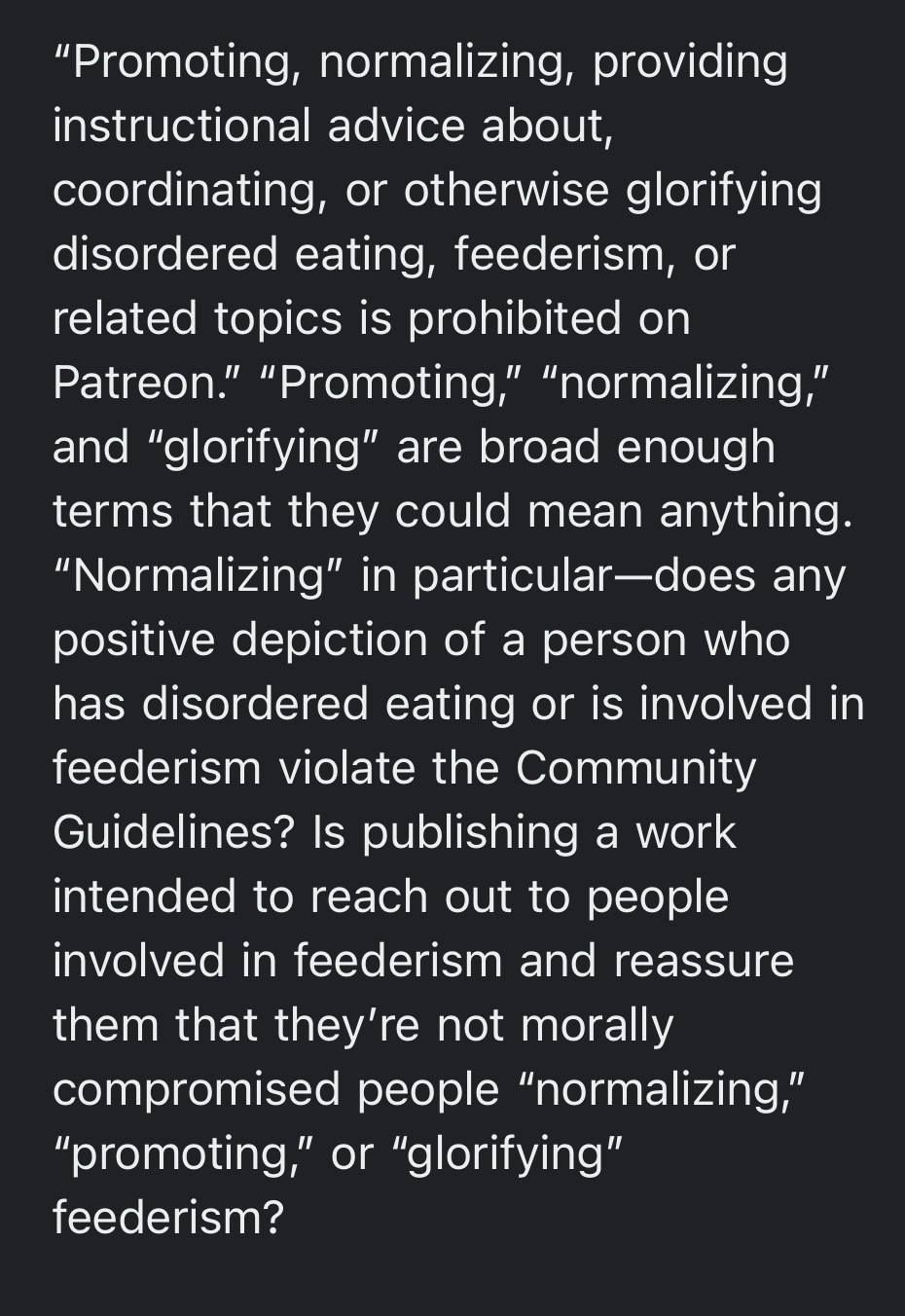
Today, Patreon Trust and Safety sent me this response. Four times. They sent me the exact form letter to each of my queries.
Hi there,
Patreon Trust & Safety
This is [NAME REDACTED—Buddy] from Patreon’s Trust & Safety Team. Thanks so much for reaching out with input about our recent Community Guidelines refresh.
I’ve passed along your thoughts on how we present the subject of feederism within the Community Guidelines to Patreon’s Policy Team, who oversee the guidelines, and appreciate hearing from creators and members like you.
Our goal is to always provide clear and informed guidance on what is and is not allowed on Patreon; however, sometimes we need to continue clarifying specific nuances within a policy. We’ll reflect on what you shared as we continue to improve our policies. If you’re interested in hearing more about ongoing updates to Patreon’s content policies, stay tuned for the next update from the Creator Policy Engagement Program.
If you have any further questions, please don’t hesitate to reach out.
Warm regards,
It’s the kind of message I would have written when I was in a public-facing position: “Wheels are turning, but I have no idea what direction they’re going, no control, and I haven’t been authorized to say anything further.” It’s noncommittal and only acts as an acknowledgement that they received my messages.
I’ll keep on this, and provide updates as I get them. Have the new Community Guidelines affected you or creators you support? Write me a comment and let me know!
On March 12, 2024, Patreon announced new Community Guidelines which prohibited works “promoting, normalizing, providing instructional advice about, coordinating, or otherwise glorifying disordered eating, feederism, or related topics.” They claim that these “pose risk to the physical, mental, or emotional health of those on the platform.” This apparently justifies banning them entirely.
Is this censorship? Yes. Is it legal? Also yes. There is another word for this, though, and that is bullshit.
If you don’t know, feederism is one of a group of interrelated kinks that involve gratification from food in some way. Some people like the feeling of being full, some enjoy gaining weight. There can be an element of power exchange. Sometimes it’s just nice to have someone show how they feel about you by taking care of you and sharing with you. Like with other abstract kinks, feederism can have a sexual component or not.
Feederism, like any kink, should be risk-aware and consensual, but when it is, it can enhance the lives of those involved.
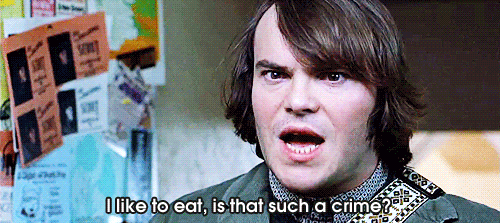
Yeah, it deals with concepts that society finds squicky. People are complicated and varied. It takes maturity to engage with this loaded a topic.
Late last year, Patreon banned adult baby diaper lover or ADBL-related content. The crinkles don’t hurt anybody. They just make potential investors squirm. Now, as then, Patreon wants to disappear a nuanced and difficult topic.
The guidelines as written ban way more content than Patreon potentially realizes. “Glorifying” disordered eating or feederism is bannable. Does that mean any positive depiction of a fat person enjoying food is verboten? According to the Community Guidelines, maybe. Bad-faith actors might report a work, and the creator could lose their Patreon for it.
A nasogastric tube is a medical device which helps folks who can’t swallow get food into their system. There’s nothing remotely controversial about that. It’s technically banned. Patreon got uncomfortable with cartoon foxes sucking on helium tanks to inflate themselves big and round. Should that mean that people with medical difficulties can’t show their faces anymore?
Banning content involving feederism or anything that looks like it is too broad a stroke. I think that’s unfair, to say the least. To make a point, I submitted the following questions to Patreon Community Support. I’ll report their responses.
“Patreon prohibits works focused on promoting dangerous or self-destructive topics (eg. high-risk acts and challenges, disordered eating, suicide, self-harm or self-injury) that pose risk to the physical, mental, or emotional health of those on the platform.”
Patreon Community Guidelines
What if the act in question doesn’t pose a risk, but instead helps the physical, mental, and emotional health of those on the platform? Kink has been long accepted to be a positive influence on its practitioners, providing enough mental and emotional benefits that physical health also can be improved. A feeding kink can be indulged in a healthy manner, in moderation.
Further, what about depictions of feederism such as cartoons or fiction? Those pose no risk whatsoever to anyone on the platform. Any clarification would be appreciated.
“Promoting, normalizing, providing instructional advice about, coordinating, or otherwise glorifying disordered eating, feederism, or related topics is prohibited on Patreon.”
Patreon Community Guidelines
“Promoting,” “normalizing,” and “glorifying” are broad enough terms that they could mean anything. “Normalizing” in particular—does any positive depiction of a person who has disordered eating or is involved in feederism violate the Community Guidelines? Is publishing a work intended to reach out to people involved in feederism and reassure them that they’re not morally compromised people “normalizing,” “promoting,” or “glorifying” feederism?
“Examples of disordered eating works include, but are not limited to: extreme low-calorie diets, imagery of someone making themselves vomit, and imagery focused on ribs, thigh gaps, concave stomachs, and so forth.”
Patreon Community Guidelines
Some people have thigh gaps. Some people have concave stomachs. The creator can’t help that. How is that an appropriate restriction on content?
“Examples of feederism works include, but are not limited to: force feeding (consensual or nonconsensual), using illegal or controlled substances to achieve weight gain, using devices to fill the stomach, and so forth.”
Patreon Community Guidelines
Force feeding (consensual): In a risk-aware, consensual situation, this does not have any risk to the physical, mental, or emotional health of those on the platform. Depictions of the act in fiction or art also poses no risk whatsoever. Given that the prohibition is on works focused on promoting dangerous or self-destructive topics which “pose risk to the physical, mental, or emotional health of those on the platform,” how is this against Community Guidelines?
Force feeding (nonconsensual): Would this violate Community Guidelines in a situation where it does not present risk to the physical, mental, or emotional health of those on the platform? This is depicted in Bugs Bunny cartoons. Nobody argues that Bugs Bunny poses a risk of harm.
Using illegal or controlled substances to achieve weight gain: The legality and level of control of a substance is widely variable between jurisdictions. Further, I’m not aware of a controlled substance commonly used for the purposes of weight gain. Over the counter products like Boost, however, can and are used for this purpose. Is that against Community Guidelines?
Using devices to fill the stomach: What constitutes a “device to fill the stomach?” Is a nasogastric tube, used when a person is physically incapable of being fed through the mouth, against Community Guidelines?
“Works involving disordered eating, feederism, and related topics that have a community support or educational focus, are part of a greater narrative, or are otherwise contextualized in a manner that abides by Patreon’s guidelines are permitted. Also permitted are works that promote body positivity, eating competitions, medical surgeries, and health, fitness, or lifestyle works.”
Patreon Community Guidelines
What is a “community support” focus? What educational ends are acceptably within Patreon’s guidelines? What context would make a work include feederism or disordered eating permitted under the Community Guidelines? How are eating competitions allowed if the mere act of eating excessively is harmful enough to the creator to ban it?
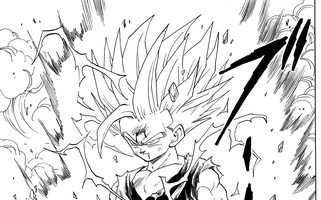
I found out yesterday that manga legend Akira Toriyama died. I suspect many of you feel the same way I do. 68 is long enough to have an impact and to have led a good life, but it doesn’t seem like enough. Toriyama wasn’t just the creator of Dragon Ball. He was prolific and profoundly influential as a cartoonist. His control over pacing, choreography, tone, were all world-class. Yes, he forgot some characters existed, but I suspect I would too if I were turning out a chapter a week. This isn’t meant to be an analysis of Toriyama-sensei’s works–though I’d like to do one in the future–but rather a bit of a eulogy. What Akira Toriyama’s works meant to me personally.
For as long as I can remember, I’ve been afraid. I was never quite certain of what; it was nebulous and elusive, and changed form often. It felt like there was something inside of me that was wrong somehow, and that I had to contain it or face disaster. I felt weak, afraid, insufficient. Six months ago, I was officially diagnosed with obsessive compulsive disorder and began treatment. I feel better now than I have in my entire life. I’m thirty-six years old, and I’m finally unfettered and showing my true power.
Given that, it should be no surprise that my favorite character in Dragon Ball is Son Gohan. I immediately related to him. The bookish and soft son of the world’s greatest fighter Son Goku felt familiar. When I saw his character arc play out on Toonami’s broadcasts of Dragon Ball Z, and later when I saw Team Four Star’s Dragon Ball Z Abridged and finally read the manga, it hit. It felt like Akira Toriyama got me in a way I hadn’t quite gotten myself yet.
Sometimes you’ll be scared.
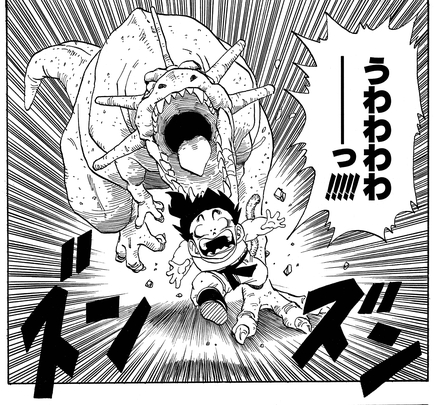
You can be weak.

Sometimes you’ll be angry.
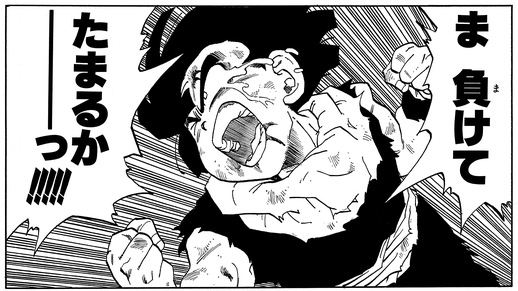
It can feel like you’re all alone sometimes.
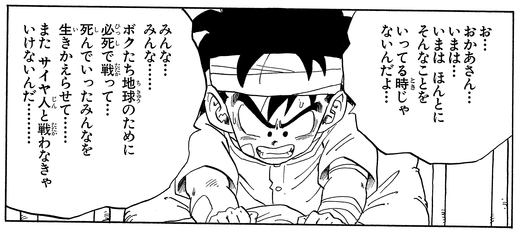
You can make terrible mistakes.
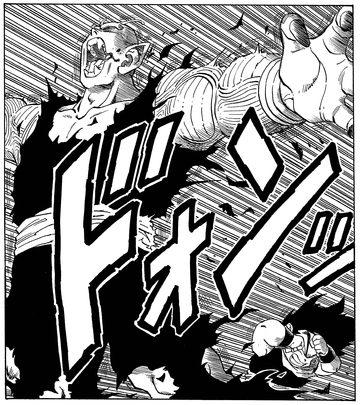
Sometimes life pushes you into situations where you don’t want the expectations that are being put onto you.
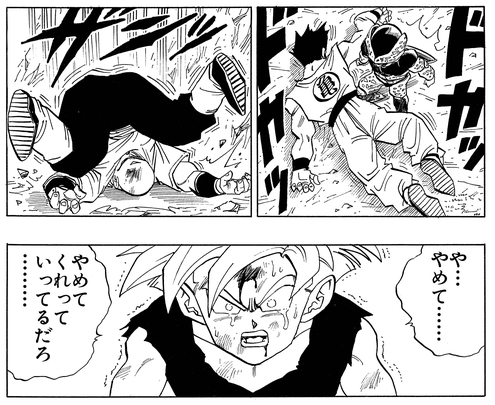
You can feel like there’s something that separates you from everyone else, something you have to keep in check, or face disaster.
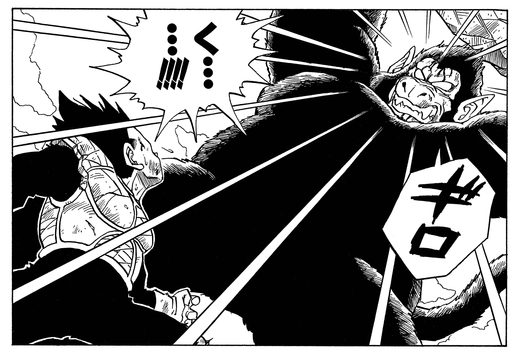
It doesn’t matter.
In your life, the hardest work will be all yours to do. Nobody can take it away or do it for you. When the day of fate comes, what you have inside of you is enough. That’s all you have to be. The power to face your fight, win or lose, was always yours, it was just a matter of letting it loose.

See you at the next Tenka’ichi Budōkai. If you liked this article, you might like some of my other posts on media I like.
Images from Dragon Ball, various volumes, sourced from Dragon Ball Official (March 8, 2024).